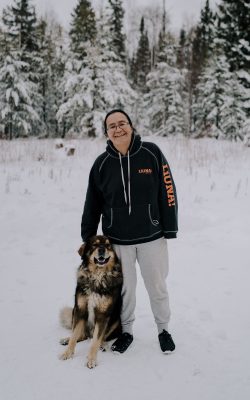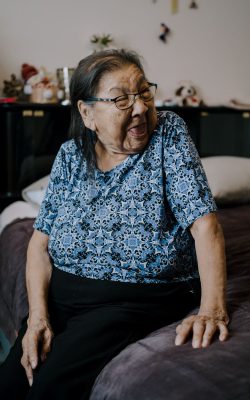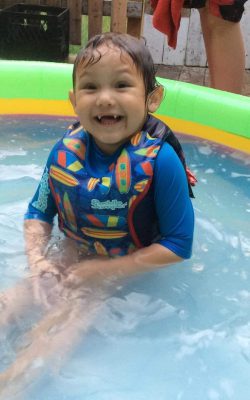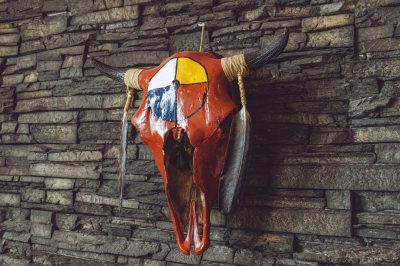True North Aid is one of several Canadian charities and organizations committed to serving northern Indigenous communities in Canada.
The challenges facing Indigenous communities in Canada are complex and the result of many things that have transpired over the past 150 years. True North Aid believes that the right to self-governance and self-determination are key to closing the poverty gap as young people are inspired and empowered to pursue their dreams and build their communities. We provide practical humanitarian assistance through initiatives geared to support self-determination and cultivating relationships. These initiatives are in partnership with individuals and organizations committed to making a difference.
First Nations, Metis & Inuit communities across Canada deserve the right to self-determination and self-governance, better education for their children, improved drinking water, and an overall improvement in their standard of living.
Reducing inequities in northern communities is a collective effort and cannot be addressed overnight. As Canadians, we should seek to understand and celebrate our differences while acknowledging the unique challenges and socio-economic barriers faced by many Indigenous communities.
So, where do we begin?
So, Where do we begin?
Donate
True North Aid is one of few charities working directly with northern and remote communities in Canada. Consider supporting our work and the work of others through financial partnership. A large sum of our expenses goes toward transporting supplies via air, trucking and sealift to northern communities. Through our donation portal, you can contribute to our programs.
Listen
Listen to Indigenous Peoples and educate yourself on their culture and history. Many different cultures and traditions are represented amongst First Nations, Métis and Inuit communities with a variety of perspectives. There is so much to learn through listening. We share some great ways to learn about Indigenous culture and history below.
Volunteer
True North Aid can use your help. Volunteering with charities and organizations like ours will help offset costs that can be better used for our programming. Message us at info@truenorthaid.ca to learn about volunteer opportunities. Fundraisers and suggestions are always welcome!




